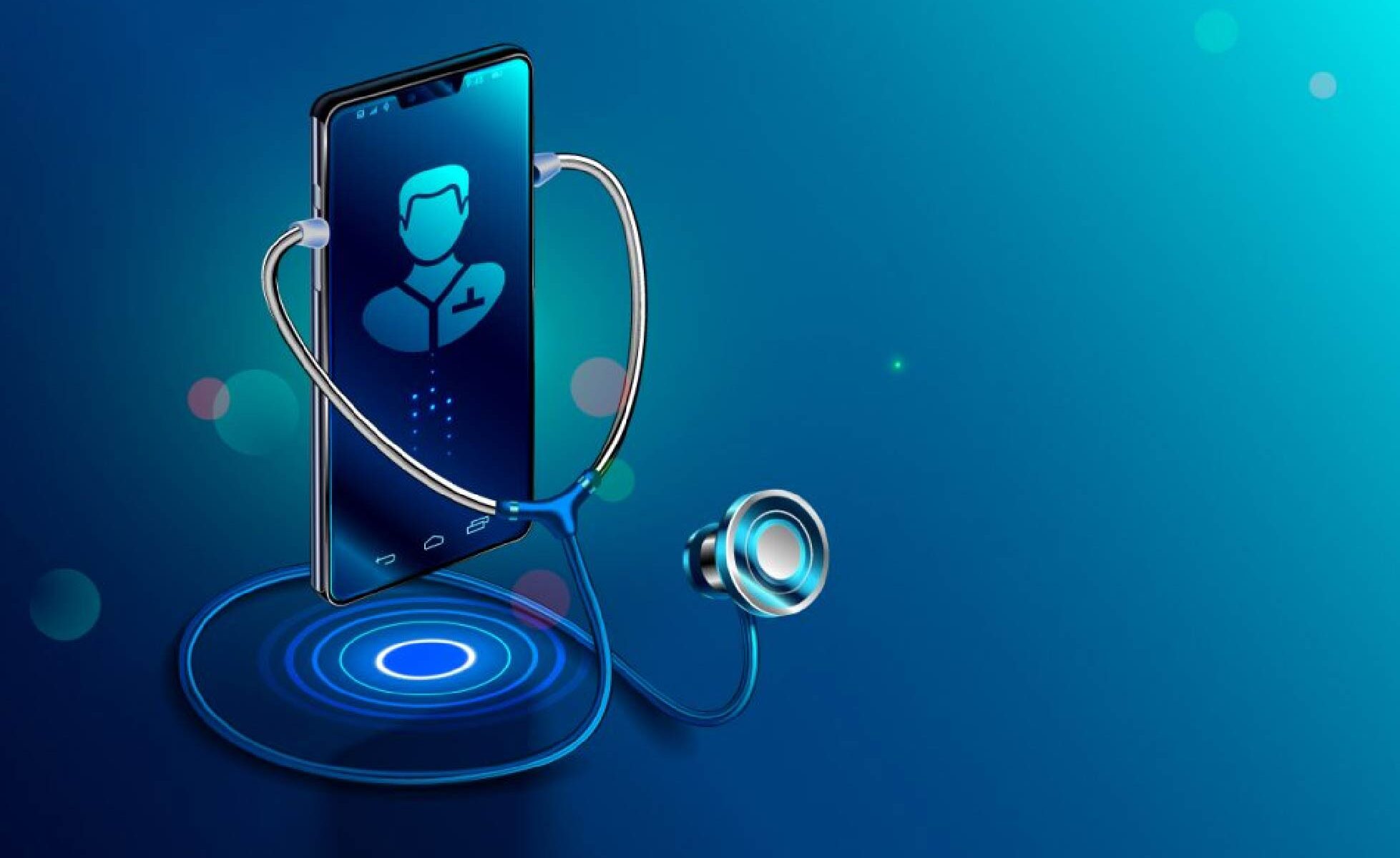Imagine the future, it’s the year 2050 and Mrs. Gupta is sitting on her couch talking to her friends about this amazing new treatment she is using to alleviate her knee pain. She talks about a new mobile app that her physician has prescribed. Which has a combination of videos and games guiding her to perform targeted exercises or joint movements. The app comes along with a Bluetooth-enabled band to be placed on her joints. It measures joint movement during exercise and ensures precision. Moreover, the app measured her joint movements and suggested that her knee can go without surgery for almost 5-years based on the degree of movement and a few other parameters. No pills, no side effects, or physical therapy visits, the entire treatment can be accessed from the app store through a prescription given by her doctor.
Sounds like a byte from a star-trek episode, but given the pace at which digital therapeutics is evolving, these treatment modalities might be accessible to all of us way sooner than 2050. So, the first question that arises for many of us is, what is “Digital Therapeutics”? Digital Therapeutics is a health discipline and treatment option that utilizes digital and often online health technologies to treat a medical or psychological condition.
Usually, the treatment relies on behavioral and lifestyle changes usually spurred by a collection of digital impetuses. While the initial application of such solutions started mainly with cognitive and psychological disorders, with expanding advent of technology now companies are targeting a wide variety of diseases including diabetes, heart failure, obesity, Alzheimer’s disease, dementia, asthma, substance abuse, ADHD, panic attacks, anxiety, depression, and several others.
The United States is currently leading the way in terms of the development and adoption of Digital Therapeutics (also known as Digital Medicine). They define it as clinically-validated, FDA-approved, prescription disease management and treatment technologies that can enhance or replace current medical treatments. It is classified into two broad categories:
- Digital Companions: Digital solutions clinically proven to support patients and enable them to self-manage / coordinate with providers while on medical treatment for a specific disease.
- Replacement Therapies: Digital solutions that can be used to treat a specific disease instead of a pharmaceutical product (essentially replacing the need for the pharmaceutical product).
Big Health, a San Francisco-based start-up recently launched Sleepio, a digital sleep improvement program featuring Cognitive Behavioral Therapy (CBT) techniques, to help overcome even long-term poor sleep. Sleepio has been scientifically designed and clinically validated for improving sleep quality. The application is already accessible to over a million people through their insurers.
Pear Therapeutics, another Boston-based company, considered a pioneer in this area is working on a treatment for ten diseases ranging from psychiatric disorders to autoimmune conditions and cancers. Now they are partnering with pharma companies such as Novartis to commercially distribute these products to patients at scale. Extending their commitment they established Pear Connect, a first-of-a-kind patient service center helping with relevant patient guidance, physician monitoring of the patient condition, and timely insurance reimbursements.
Wellthy Therapeutics, a Mumbai-based company recently became the first Indian company in this category. Wellthy has an application to manage diabetes, that has clinically proven results across multiple studies. It was well received by diabetologists and endocrinologists recently at RSSSDI, Asia’s largest diabetes conference.
But are all mobile and desktop health applications considered Digital Therapeutics? No, it is only those digital solutions that are focused on treatment, have evidence proving their outcomes, and that requires to be prescribed by a physician from this niche category. A regular fitness app that connects to your pedometer or measures calories is not a digital therapeutic. We see the internet loaded with thousands of such solutions that claim to improve health, but it only leaves the patient with a problem of plenty and makes it difficult to choose the right solution.
Digital Therapeutics is an evidence-based solution where clinical studies have been conducted to measure the safety and efficacy of the solution. It allows clear data to make an informed selection of the right solution, overcoming the problem faced by patients in selecting the right solution. Moreover, the selection here is made by the physician and not the patient, adding a layer of right expertise during selection.
With such rapid evolution in the area of Digital Therapeutics, the question lies around why is it better as compared to traditional medicine? There are numerous aspects making these treatments highly desirable including ease of access, lower cost, fewer side effects, non-invasive nature, ease of monitoring, and personalization. It has to be created once and can be accessed by millions of patients with almost no incremental cost.
With mobile and internet penetration spreading rapidly to remote parts of India, it is also much easier to distribute. Given the digital nature, data is continuously generated and tracked, helping overcome the issue of non-adherence in chronic diseases, and helping in the improvement of treatment outcomes.
With all its advantages, can digital therapeutics replace conventional medicines?
No, Digital Therapeutics by design work only in certain situations, usually ones that are chronic in nature requiring long-term treatment, and where lifestyle changes, physical therapy, dose alteration, continuous monitoring, etc. have a considerable role. For example, Digital Therapeutic might not be as effective in relieving acute pain in a joint or splitting headache that a migraine patient is having. But it can help with a structured posture and exercise program for relieving joint pain in the long run or a meditation program that can prevent migraine episodes over time.
As our understanding of various diseases evolves, digital solutions will start becoming more and more relevant in terms of either supplementing or complimenting current treatment. Moreover, wider development and adoption of digital solutions will also require maturity and evolution by the industry as a whole. Doctors and hospitals will have to evolve in understanding and prescribing these treatments, regulators will need to develop sophistication to evaluate digital solutions and insurers will have to learn to model reimbursement and risk-benefit ratio.
While there is more work to be done to get digital therapeutics in the hands of every other patient, the future is not as distant as it may seem.





